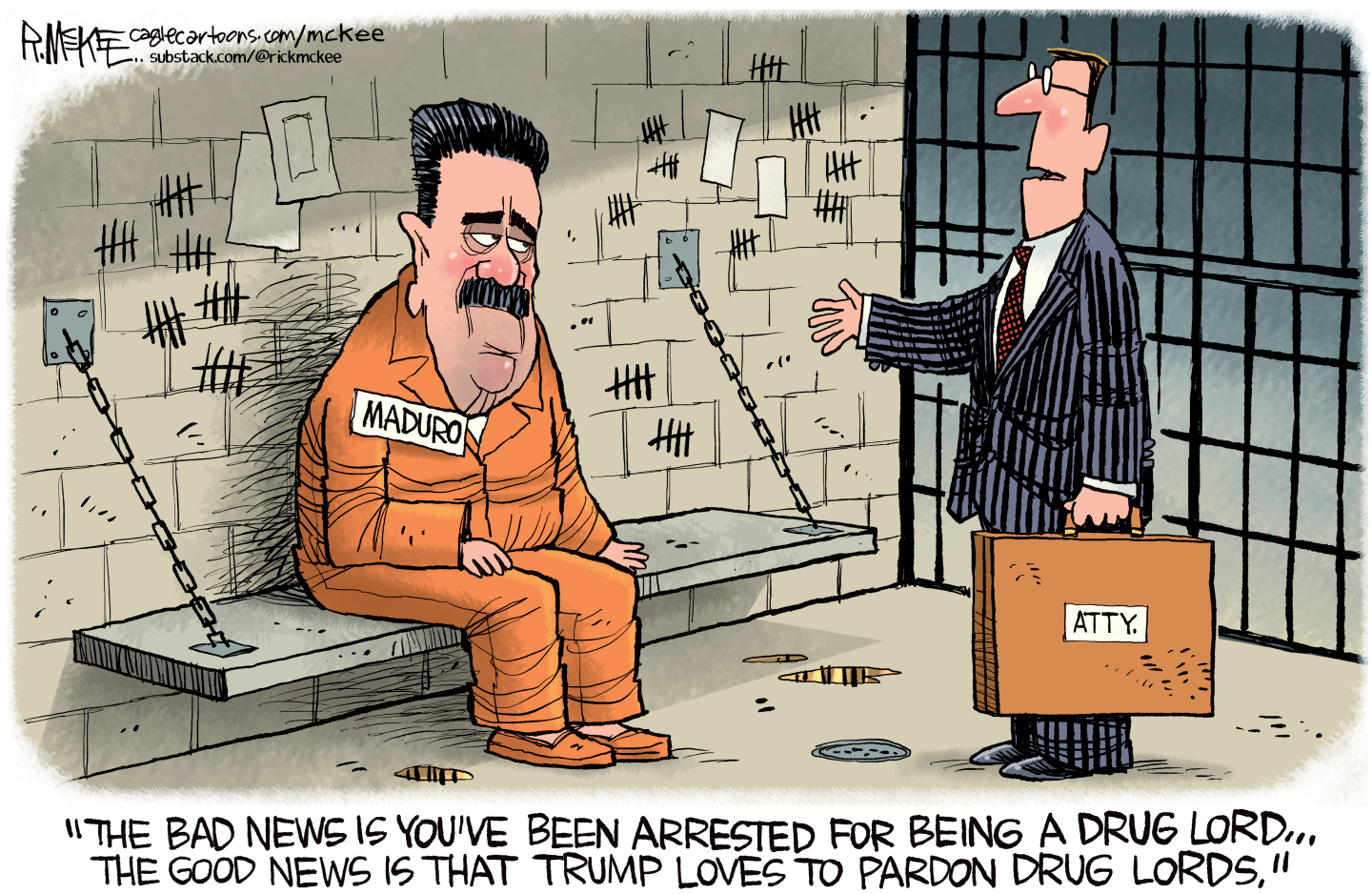Why are there two Koreas?
Seventy-five years after the two countries went to war, tensions on the contested peninsula are heating up again
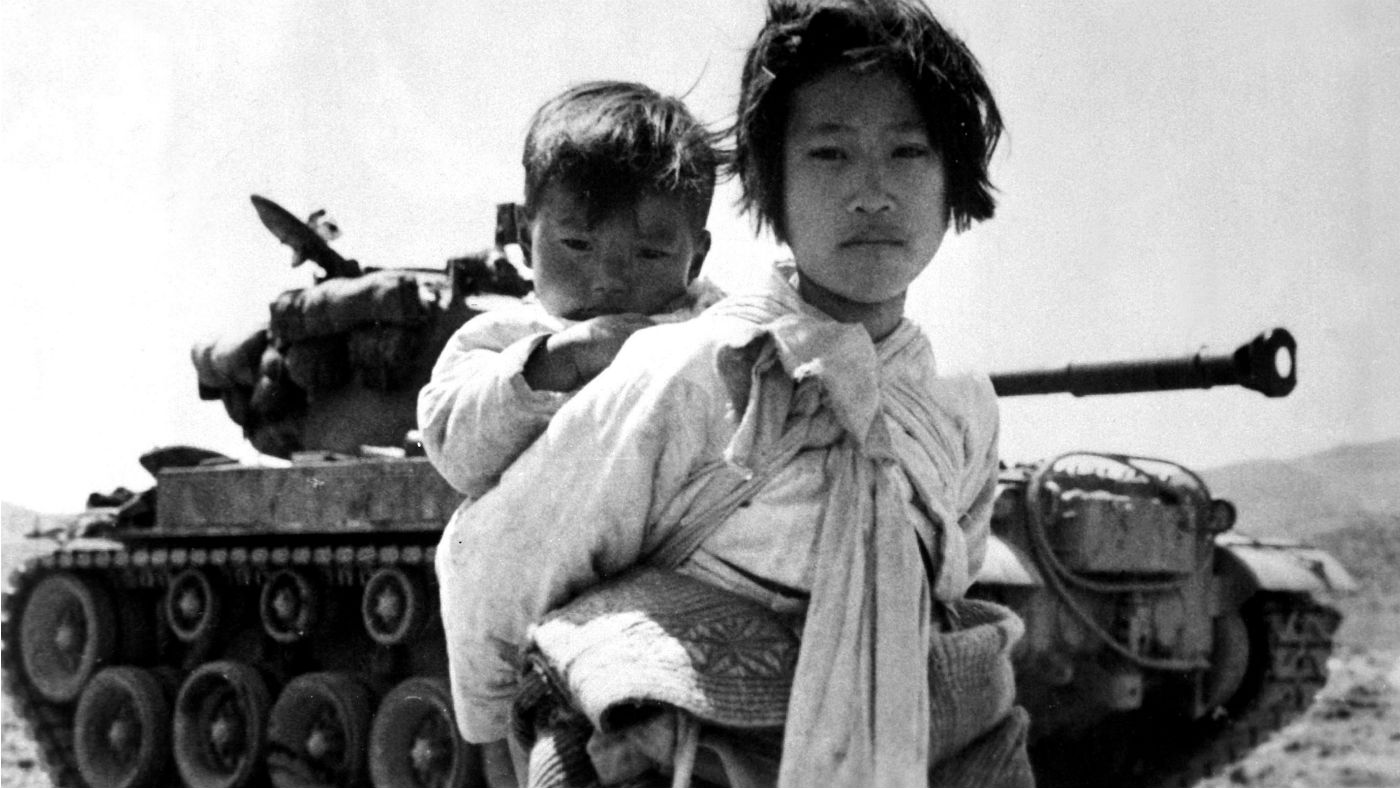
North Korea's invasion of South Korea that began in late June 1950 instigated a conflict that led to millions of deaths – and tensions that are still being felt today.
Sixteen countries, including the UK and US, sent troops to the Korean peninsula in aid of South Korea, while Chinese troops intervened for the North.
Referred to as the "forgotten war" by the US army, the Korean War has always been eclipsed by the Second World War, which ended less than five years before.
The Week
Escape your echo chamber. Get the facts behind the news, plus analysis from multiple perspectives.

Sign up for The Week's Free Newsletters
From our morning news briefing to a weekly Good News Newsletter, get the best of The Week delivered directly to your inbox.
From our morning news briefing to a weekly Good News Newsletter, get the best of The Week delivered directly to your inbox.
The bloody conflict claimed the lives of as many as four million soldiers and civilians but achieved little militarily except to reaffirm the division of the peninsula. Since then, the two countries have remained, in principle, at war – with an armistice agreed, but no actual peace treaty.
Why was Korea divided in two?
From 1910 until 1945, Korea was part of the Japanese Empire. Colonial rule was oppressive and assimilationist, and many Korean nationalists - including the parents of future North Korean dictator Kim Il Sung - sought refuge in China.
Following the Japanese defeat in the Second World War, China, the UK and the US adopted a joint resolution that Korea should become an independent country.
A free daily email with the biggest news stories of the day – and the best features from TheWeek.com
The problem was that the US only occupied the southern part of the peninsular, while the North had been liberated by Soviet troops.
It was agreed to divide Korea in two, at a demarcation line known as the 38th parallel.
Kim Il Sung - who had made a name for himself as a guerrilla leader in the fight to drive Japanese occupiers from the northern Chinese territory of Manchuria - was installed as head of a communist North Korean state under the aegis of Moscow.
With Soviet support, Kim initiated a series of radical reforms to bring North Korea’s economy and society in line with communist ideals.
In the South, the US occupiers struggled to appease a restless population divided into communist and nationalist factions and chafing at the prospect of more foreign rule. Finally, in a controversial 1948 election, US-backed conservative Syngman Rhee became the first president of the Republic of Korea.
How did war break out between North and South Korea?
The 38th parallel was a clumsy, makeshift solution, "hastily drawn with pencil using a National Geographic map by two junior American officers in President Truman's White House", according to a 2013 article by author Clancy Sigal for The Guardian. Conflict was all but inevitable.
The core problem was that both North and South Korea viewed the division of the peninsula as temporary, and both Kim and Rhee viewed themselves as the legitimate leader of a united Korea.
"Neither dictator was content to remain on his side of the 38th parallel, however, and border skirmishes were common," said the History Channel.
Finally, with approval from Moscow, the invasion of the South was launched.
The 75,000-strong North Korean army, well trained and armed by their Soviet and Chinese communist allies, made short work of the poorly prepared South Korean defenders. Three days after crossing the border, Pyongyang's forces entered Seoul.
How did the US become involved?
The rapid advance of North Korean forces alarmed US leaders, who viewed South Korea as a bulwark against the spread of Soviet communism in the Asia Pacific, said Time.
Two days after the invasion began, President Truman announced that the US was to commit its military forces to protect South Korea.
“The attack upon Korea makes it plain beyond all doubt that communism has passed beyond the use of subversion to conquer independent nations and will now use armed invasion and war,” he said in a statement to Congress.
With UN backing, a US-led coalition that included troops from the UK, Canada, Turkey and other member states was dispatched to bolster the South Korean defence.
The brutality of the Korean War “has largely been overlooked by US history”, says Newsweek, “but the conflict has long shaped Washington’s troubled political relationship, or lack thereof, with North Korea”.
The Korean War would also have cultural ramifications in the US. The Soviet-backed invasion - the first military action of the Cold War - “helped set the tone for Soviet-American rivalry during the Cold War”, says The New York Times, “profoundly shaping the world we live in today”.
How did it end and what happened after?
Following a bloody back and forth across the Korean peninsula, an armistice was finally signed in July 1953.
The two sides stopped short of a peace accord meaning they are technically still at war, more than 70 years after fighting ceased.
The intervening years have seen a tense border stand-off between North Korean troops and South Korean forces, backed by the US.
Around 70% of North Korea's ground forces occupy an area within 60 miles of the so-called demilitarised zone or DMZ, the buffer zone that divides the two sides, making it one of the most heavily militarised and mined strips of land on earth.
Between 1953 and 1999, sporadic outbreaks of violence have killed over 500 South Korean soldiers, 50 US soldiers and 250 soldiers from North Korea.
In 2018, "reinvigorated diplomacy and reduced tensions generated hope for a more secure and peaceful Korean Peninsula", said the United States Institute for Peace think tank.
But talks between North Korea and the US ended in 2019 and last year Pyongyang renounced its five-decade policy of peaceful unification with South Korea, identifying Seoul as the "principal enemy".
-
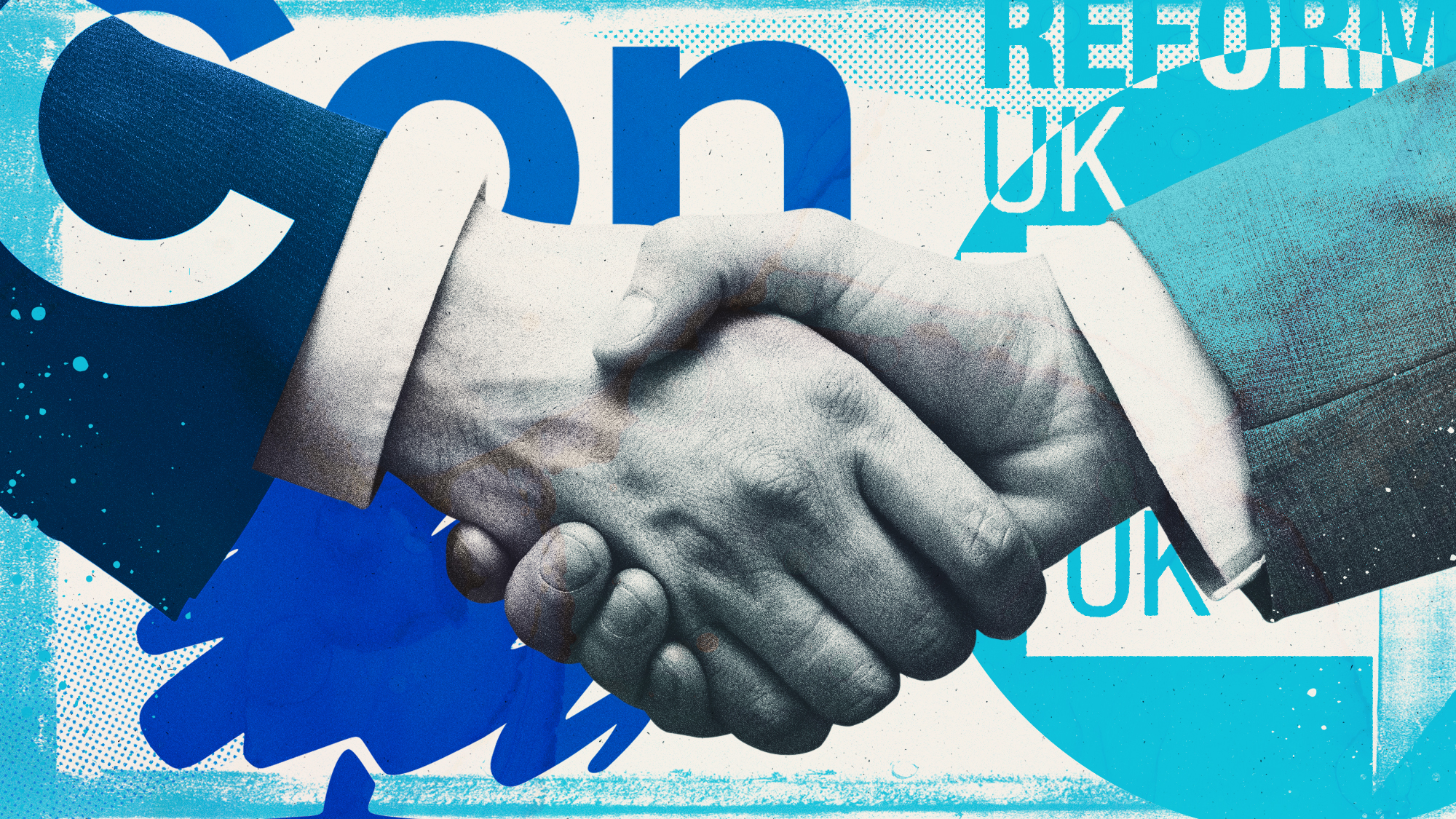 Is a Reform-Tory pact becoming more likely?
Is a Reform-Tory pact becoming more likely?Today’s Big Question Nigel Farage’s party is ahead in the polls but still falls well short of a Commons majority, while Conservatives are still losing MPs to Reform
-
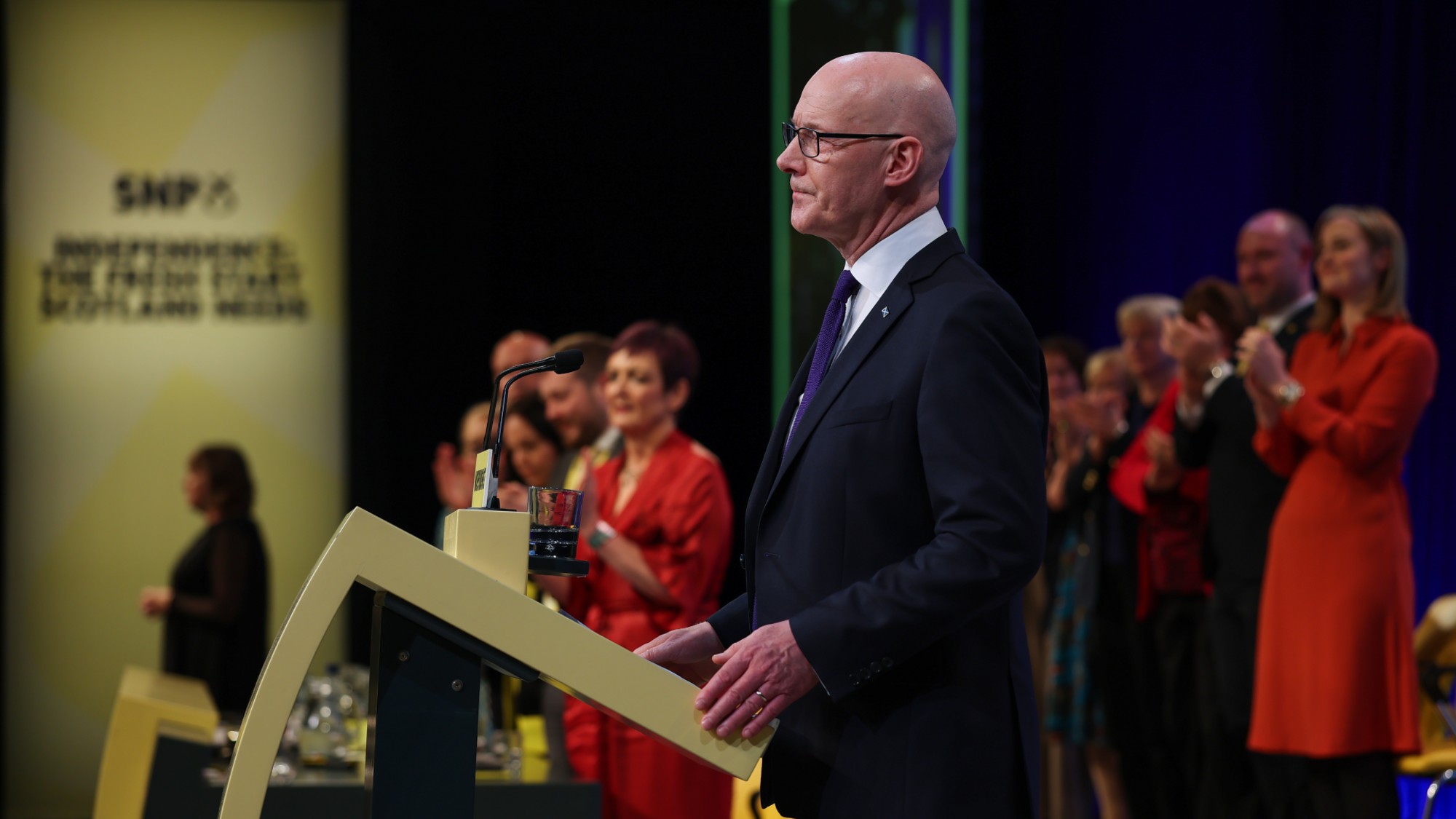 Taking the low road: why the SNP is still standing strong
Taking the low road: why the SNP is still standing strongTalking Point Party is on track for a fifth consecutive victory in May’s Holyrood election, despite controversies and plummeting support
-
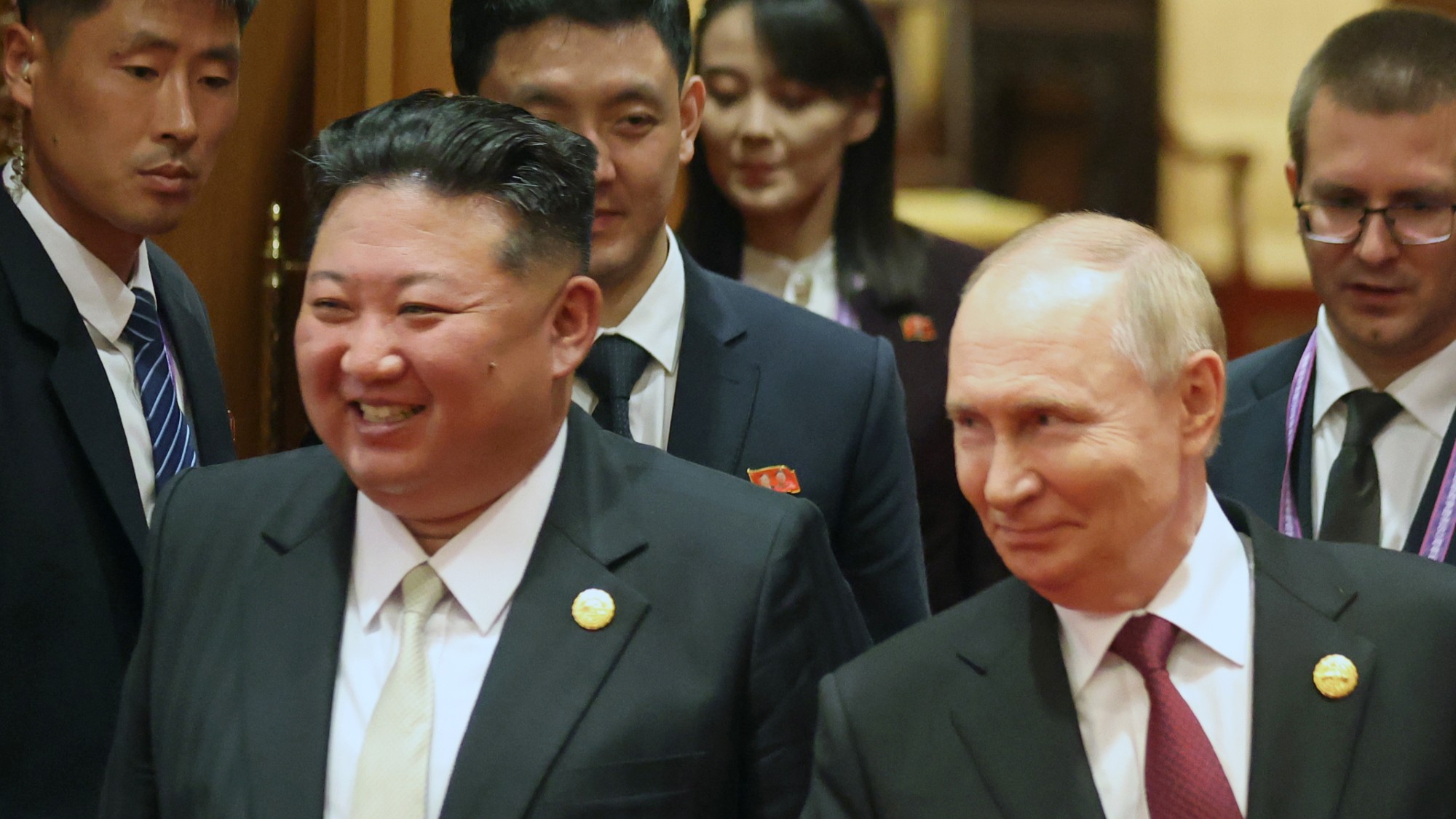 Kim Jong Un’s triumph: the rise and rise of North Korea’s dictator
Kim Jong Un’s triumph: the rise and rise of North Korea’s dictatorIn the Spotlight North Korean leader has strengthened ties with Russia and China, and recently revealed his ‘respected child’ to the world
-
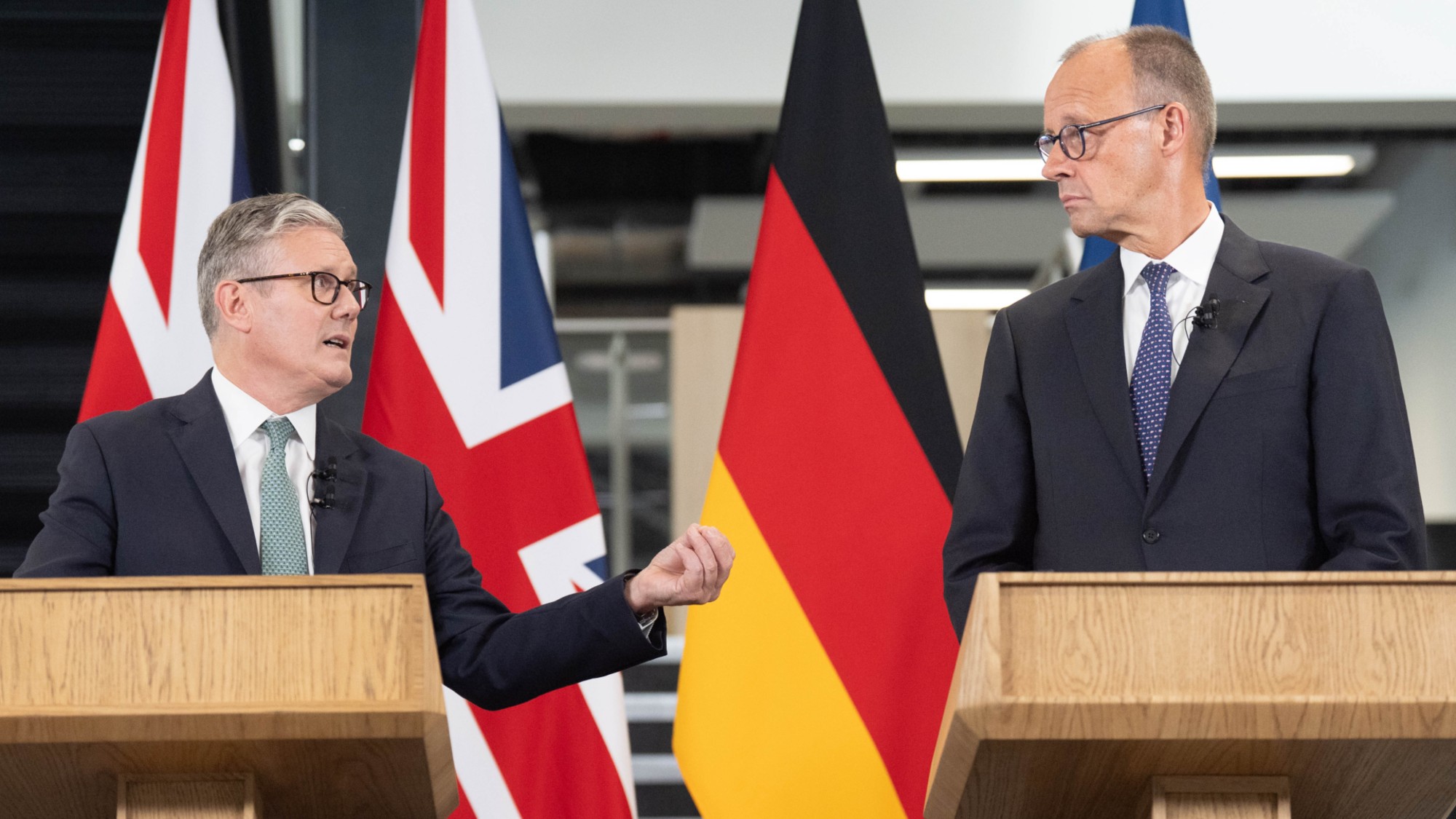 What difference will the 'historic' UK-Germany treaty make?
What difference will the 'historic' UK-Germany treaty make?Today's Big Question Europe's two biggest economies sign first treaty since WWII, underscoring 'triangle alliance' with France amid growing Russian threat and US distance
-
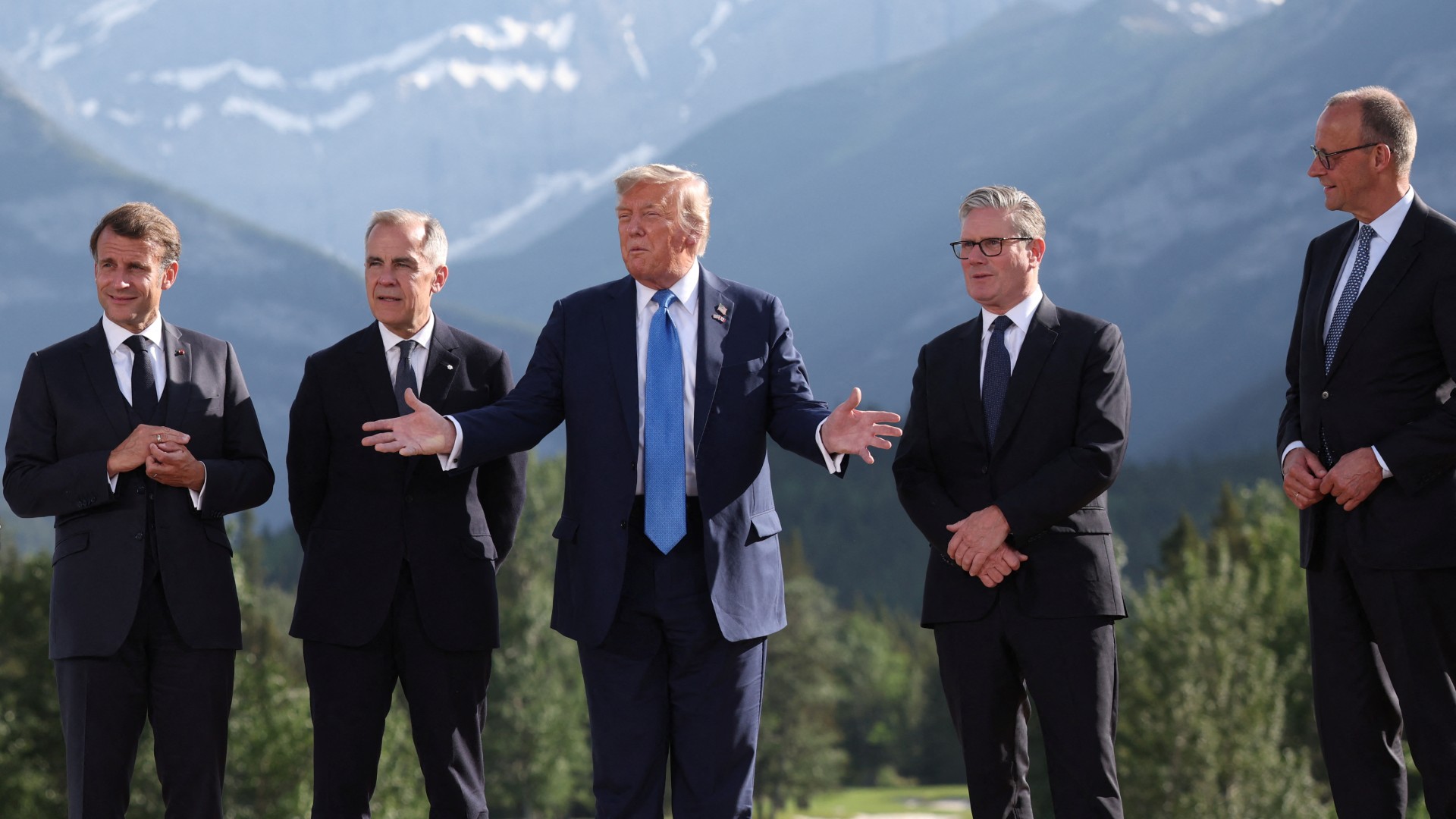 Is the G7 still relevant?
Is the G7 still relevant?Talking Point Donald Trump's early departure cast a shadow over this week's meeting of the world's major democracies
-
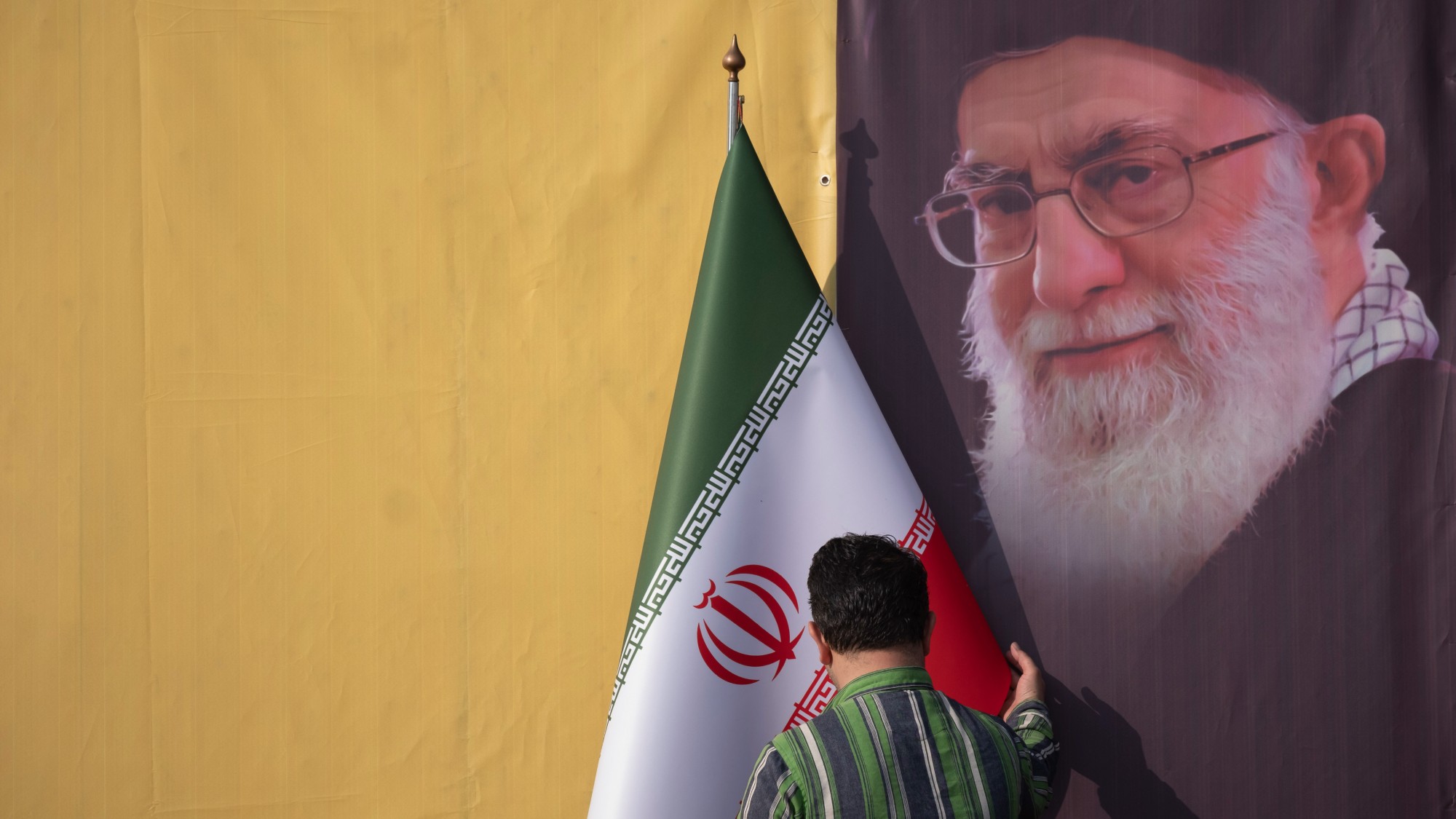 Iran's allies in the Middle East and around the world
Iran's allies in the Middle East and around the worldThe Explainer Tehran left high and dry by regional proxies and authoritarian global allies
-
 Angela Rayner: Labour's next leader?
Angela Rayner: Labour's next leader?Today's Big Question A leaked memo has sparked speculation that the deputy PM is positioning herself as the left-of-centre alternative to Keir Starmer
-
 Is Starmer's plan to send migrants overseas Rwanda 2.0?
Is Starmer's plan to send migrants overseas Rwanda 2.0?Today's Big Question Failed asylum seekers could be removed to Balkan nations under new government plans
